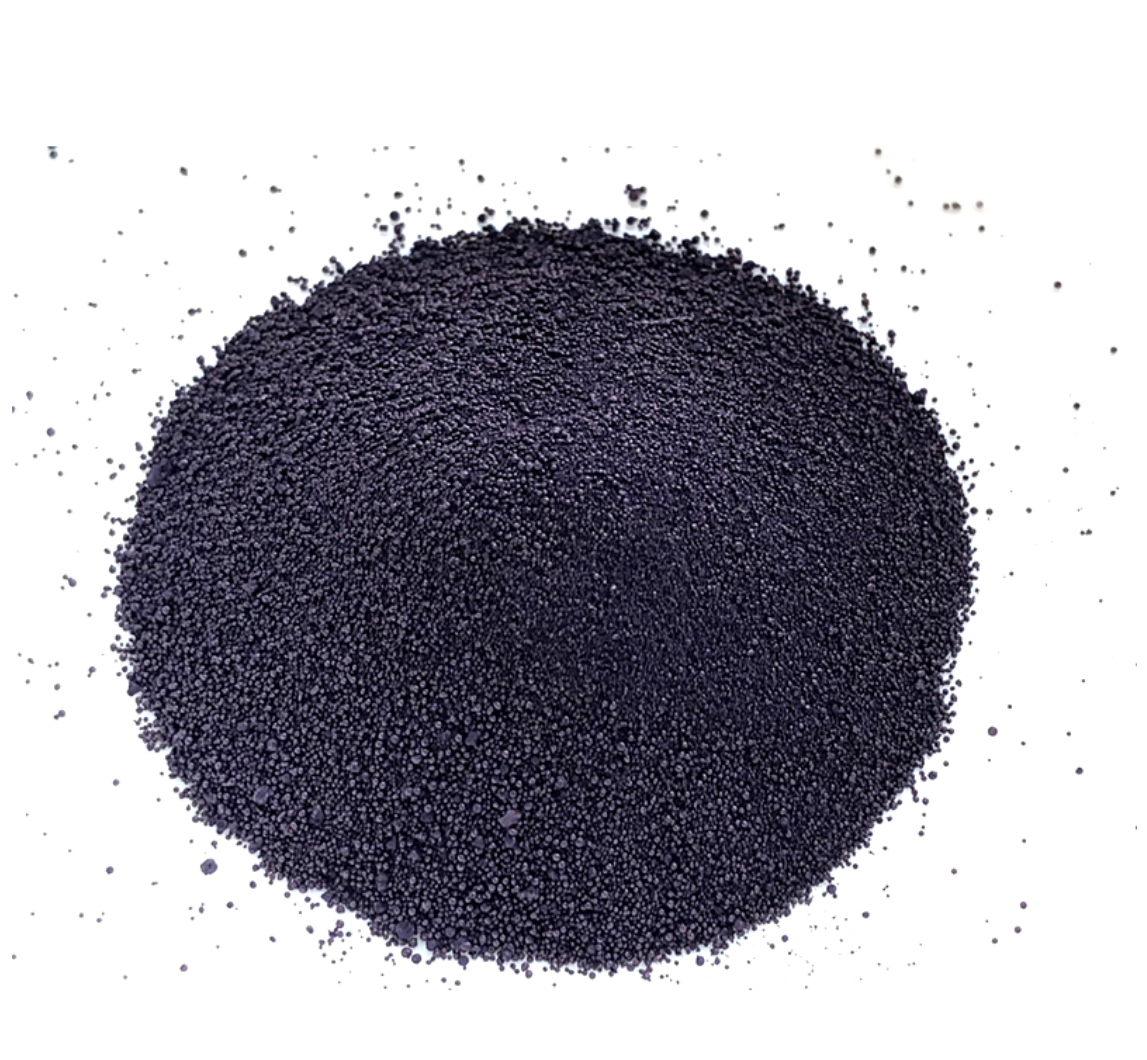japanese blue dye fabric product
Exploring the Allure of Japanese Blue Dye Fabric
Japanese blue dye fabric, also known as indigo dyed fabric, is a stunning representation of a rich cultural heritage and artisanal craftsmanship. The deep, rich hues of blue derived from the indigo plant have captivated textile lovers for centuries. This fabric not only serves functional purposes in clothing and home decor but also symbolizes a profound connection between nature, tradition, and artistry.
The History Behind Indigo Dyeing in Japan
The tradition of indigo dyeing in Japan dates back to ancient times, with records showing its use as early as the 7th century. By the Edo period (1603-1868), the craft had evolved significantly, and indigo became an integral part of Japanese identity and aesthetics. The process of creating indigo dye involves fermenting the indigo plant leaves, which results in a vibrant blue pigment. This ancient method, known as aizome, involves multiple dyeing processes where fabrics are dipped repeatedly into the indigo vat to achieve the desired depth of color.
The early dyeing techniques were labor-intensive, often involving skilled artisans who spent years perfecting their craft. The indigo dyeing process was typically associated with rural life, especially in regions like Tokushima, where the climate and soil conditions were ideal for cultivating indigo plants.
Cultural Significance
The indigo-blue fabric holds significant cultural importance in Japan. Traditionally used in garments for farmers and laborers, the color blue was not only practical—helping to hide dirt and grime—but also held symbolic meanings of purity, loyalty, and tranquility. Over time, the aesthetic value of indigo fabric grew, leading to its incorporation into ceremonial attire, such as kimonos.
Furthermore, indigo dyeing has been imbued with spirituality in Japanese culture. It is often associated with protection against malevolent spirits and has been believed to bring good fortune. This cultural aspect enhances the allure of indigo-dyed fabrics, making them desirable not just for their beauty but also for the traditions they represent.
japanese blue dye fabric product

Techniques and Patterns
Japanese indigo fabrics are renowned for their intricate patterns and designs. Techniques such as shibori, a form of tie-dyeing, and tsutsugaki, an application method using a paste resist, showcase the diversity of artistic expression within indigo dyeing. These methods allow artisans to create unique patterns, often inspired by nature, such as waves, flowers, and geometric shapes.
The beauty of Japanese blue dye fabric lies in its imperfections; no two pieces are ever alike, showcasing the human touch and narrative behind the artistry. Fabrics made using traditional methods can vary in texture and color, contributing to their uniqueness.
Contemporary Uses and Popularity
In today’s global fashion landscape, the allure of Japanese blue dye fabric has transcended its traditional roots. Designers appreciate the aesthetic appeal of indigo textiles, incorporating them into modern clothing, accessories, and home décor. The versatility of these fabrics allows them to be used in various styles, from casual wear to high-fashion statements.
Moreover, there is a growing movement toward sustainable fashion, where the organic nature of indigo dyeing aligns with eco-friendly practices. Many contemporary artisans embrace traditional methods of dyeing, emphasizing a return to craftsmanship and sustainability. This resurgence in interest has sparked a renewed appreciation for Japanese indigo-dyed fabrics, making them sought after by both consumers and collectors.
Conclusion
In conclusion, Japanese blue dye fabric is much more than a simple textile. It embodies a rich history, cultural significance, and artisanal skill, while also adapting to modern tastes and sustainability practices. As we navigate an era increasingly focused on environmental consciousness and value for craftsmanship, the allure of indigo-dyed fabrics remains timeless. They not only serve as functional items but also as pieces of art that tell stories, preserve traditions, and connect generations through the beauty of their deep blue hues. Whether you are draping a piece of this fabric in your home or wearing it as part of your attire, you become a part of this ongoing narrative that celebrates the exquisite artistry and heritage of Japanese blue dye fabric.
-
The Timeless Art of Denim Indigo Dye
NewsJul.01,2025
-
The Rise of Sulfur Dyed Denim
NewsJul.01,2025
-
The Rich Revival of the Best Indigo Dye
NewsJul.01,2025
-
The Enduring Strength of Sulphur Black
NewsJul.01,2025
-
The Ancient Art of Chinese Indigo Dye
NewsJul.01,2025
-
Industry Power of Indigo
NewsJul.01,2025
-
Black Sulfur is Leading the Next Wave
NewsJul.01,2025

Sulphur Black
1.Name: sulphur black; Sulfur Black; Sulphur Black 1;
2.Structure formula:
3.Molecule formula: C6H4N2O5
4.CAS No.: 1326-82-5
5.HS code: 32041911
6.Product specification:Appearance:black phosphorus flakes; black liquid

Bromo Indigo; Vat Bromo-Indigo; C.I.Vat Blue 5
1.Name: Bromo indigo; Vat bromo-indigo; C.I.Vat blue 5;
2.Structure formula:
3.Molecule formula: C16H6Br4N2O2
4.CAS No.: 2475-31-2
5.HS code: 3204151000 6.Major usage and instruction: Be mainly used to dye cotton fabrics.

Indigo Blue Vat Blue
1.Name: indigo blue,vat blue 1,
2.Structure formula:
3.Molecule formula: C16H10N2O2
4.. CAS No.: 482-89-3
5.Molecule weight: 262.62
6.HS code: 3204151000
7.Major usage and instruction: Be mainly used to dye cotton fabrics.

